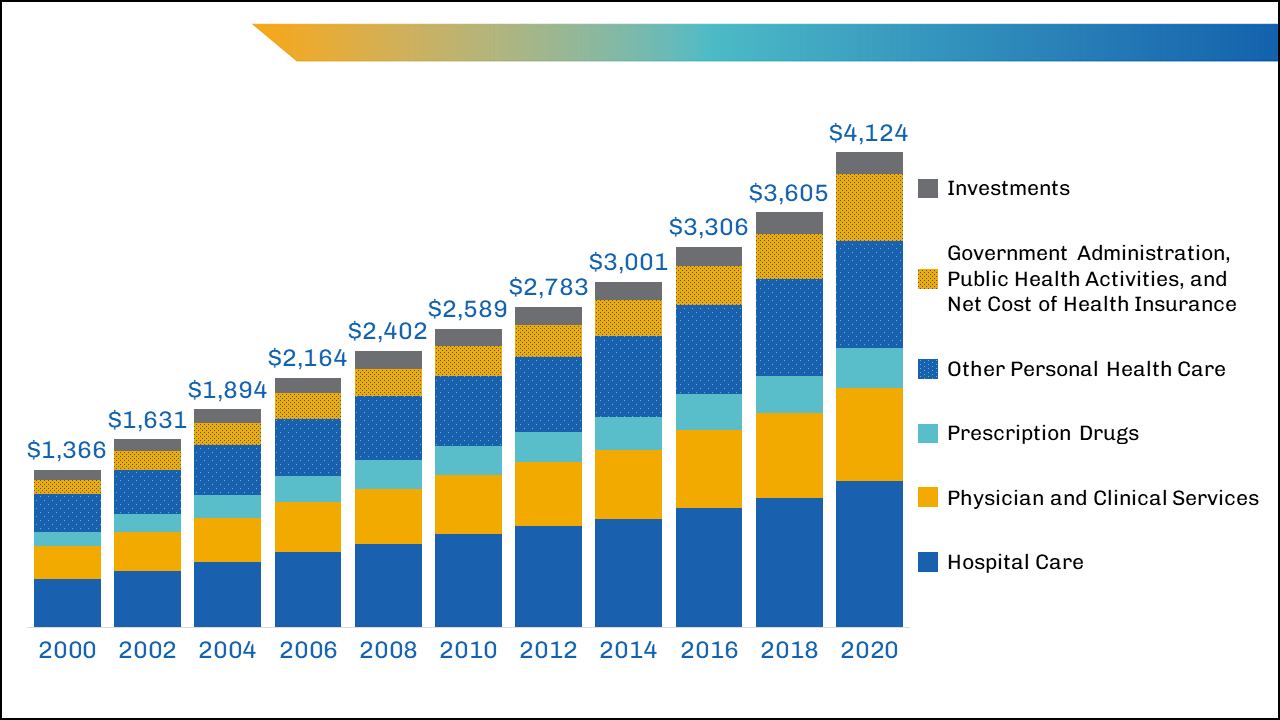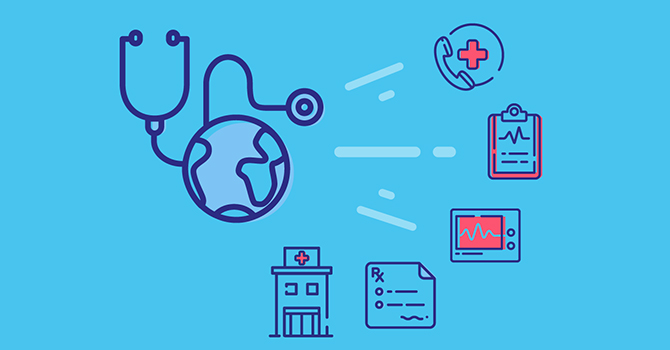How to Carry Out Healthcare RCM for a Smooth Income Cycle
How to Carry Out Healthcare RCM for a Smooth Income Cycle
Blog Article
A Comprehensive Overview on Exactly How Health Care RCM Works to Streamline Payment and Collections
Navigating the complexities of health care revenue cycle administration (RCM) is crucial for providers aiming to boost their billing and collections procedures. The guide unboxes the complexities of RCM, from patient enrollment to accounts receivable administration, using insights into maximizing each step.
Comprehending Revenue Cycle Management
Realizing the ins and outs of Revenue Cycle Administration (RCM) is essential for medical care organizations intending to optimize their economic performance. RCM is a critical administrative function that includes the whole monetary procedure of person care, from the initial visit setting to the final repayment of the equilibrium. It is an intricate treatment developed to identify, gather, and manage the earnings from the solutions given to people. Reliable RCM makes certain that medical care providers receive exact and prompt settlements, minimizing the risk of income loss and enhancing capital.
The RCM procedure begins when a client schedules an appointment and expands via the individual's care trip, consisting of invoicing and collections. A crucial goal is to reduce the time in between offering a solution and getting payment, therefore improving the organization's economic wellness. RCM includes various features such as individual registration, insurance confirmation, fee capture, coding, claims entry, repayment posting, and dealing with appeals and rejections.
Secret Components of RCM
In the world of Revenue Cycle Administration (RCM), understanding its crucial components is essential to attaining financial effectiveness within medical care organizations. RCM is a thorough process that includes numerous stages, each important to making sure effective billing and collections. The key elements consist of individual enrollment, insurance confirmation, cost capture, coding, case entry, payment uploading, and receivable management.


When coded, cases are sent to payers, where precision is vital to prevent beings rejected or delays - Healthcare RCM. Settlement posting involves tape-recording the gotten repayments, which permits the settlement of accounts. Last but not least, accounts receivable administration concentrates on tracking and attending to unpaid cases, guaranteeing prompt follow-up and resolution
Each element of RCM is adjoined, and ineffectiveness in any part can disrupt the entire cycle. As a result, grasping these elements is crucial for healthcare providers to enhance earnings and boost their monetary health and wellness.
Methods for Efficient Billing

Systematizing invoicing procedures throughout the company is another vital strategy. Establishing clear standards for documents, coding, and entry assists preserve consistency and compliance with regulatory demands. Training staff frequently on these treatments guarantees everybody is up-to-date with the latest changes in payment codes and payer policies.
Accurate cost capture is necessary in protecting against earnings leak. Carrying out normal audits and tracking systems enables the recognition and modification of disparities before they impact profits. Additionally, keeping open lines of interaction with payers assists to swiftly solve any kind of disagreements or misconceptions that may emerge.

Last but not least, engaging individuals early in the billing process by providing clear estimates and educational materials concerning their economic responsibilities can substantially reduce complication and enhance repayment timeliness. These techniques collectively add to a much more effective and financially healthy and balanced payment system.
Enhancing Collections Processes
Given the complexities of medical billing and the selection of payer demands, enhancing the Read Full Report collections process includes implementing strategic steps that ensure exact and prompt settlement of services rendered. Automation tools can assist in tracking claim statuses, sending prompt reminders to clients, and handling rejections more successfully.
Educating personnel to comprehend the nuances of insurance coverage policies and invoicing codes is equally vital. This understanding equips them to attend to invoicing inconsistencies rapidly and interact efficiently with clients regarding their financial obligations. Additionally, clear and clear client interactions are essential. Providing in-depth descriptions of costs and using versatile layaway plan can boost client contentment and timely payments.
Regular audits of the collections process should be carried out to identify locations for improvement and make certain compliance with laws. By examining data, health helpful resources care organizations can recognize trends, anticipate potential concerns, and adapt techniques appropriately (Healthcare RCM). Eventually, a well-enhanced collections procedure not just sustains economic wellness however additionally contributes to a much more seamless experience for patients and staff alike
Optimizing Income Streams
Structure upon the structure of a strong collections procedure, health care organizations can further bolster their financial security by strategically enhancing earnings streams. This includes a multi-faceted strategy, starting with an extensive evaluation of existing earnings sources to determine inadequacies and locations for growth. Employing sophisticated information analytics devices enables organizations to obtain insights right into payer mix, patient demographics, and solution use patterns, allowing for data-driven choices that boost profits capture.
Applying automated payment systems can considerably minimize mistakes and accelerate claims processing, ensuring that revenue is accumulated extra successfully. Additionally, maximizing payer agreements via regular negotiations can improve reimbursement prices and terms, straight influencing the lower line. Branching out service offerings, such as integrating telehealth or health care, can likewise draw in a wider individual base, therefore raising revenue potential.
An additional critical element is boosting person engagement and complete satisfaction, as pleased patients are more most likely to follow therapy strategies and make timely payments. Offering adaptable repayment choices and transparent payment methods can improve collections and foster patient commitment. Healthcare RCM. By embracing these techniques, health care organizations can develop an extra resistant economic framework, making sure sustained development and security in an ever-changing industry landscape
Verdict
Finally, health care Revenue Cycle Management (RCM) plays a critical role in enhancing billing and collections processes by incorporating essential parts such as client enrollment, insurance coverage confirmation, fee capture, coding, claims submission, and receivable administration. By using sophisticated technology, systematizing procedures, and promoting patient involvement, healthcare service providers can significantly lower insurance claim rejections, speed up payment cycles, and boost capital. This comprehensive strategy to RCM inevitably leads to boosted financial effectiveness and sustainability for medical care companies.
The RCM process starts when a patient schedules a consultation and extends with the person's this content care trip, including billing and collections.One more essential component is enhancing client interaction and satisfaction, as pleased clients are a lot more most likely to stick to therapy strategies and make prompt payments. Providing adaptable settlement alternatives and transparent billing practices can boost collections and foster individual commitment.In conclusion, healthcare Profits Cycle Monitoring (RCM) plays a critical role in optimizing billing and collections processes by incorporating key components such as patient registration, insurance confirmation, cost capture, coding, asserts entry, and accounts receivable administration. By utilizing advanced technology, systematizing treatments, and promoting client engagement, medical care providers can significantly lower case rejections, speed up repayment cycles, and improve money flow.
Report this page